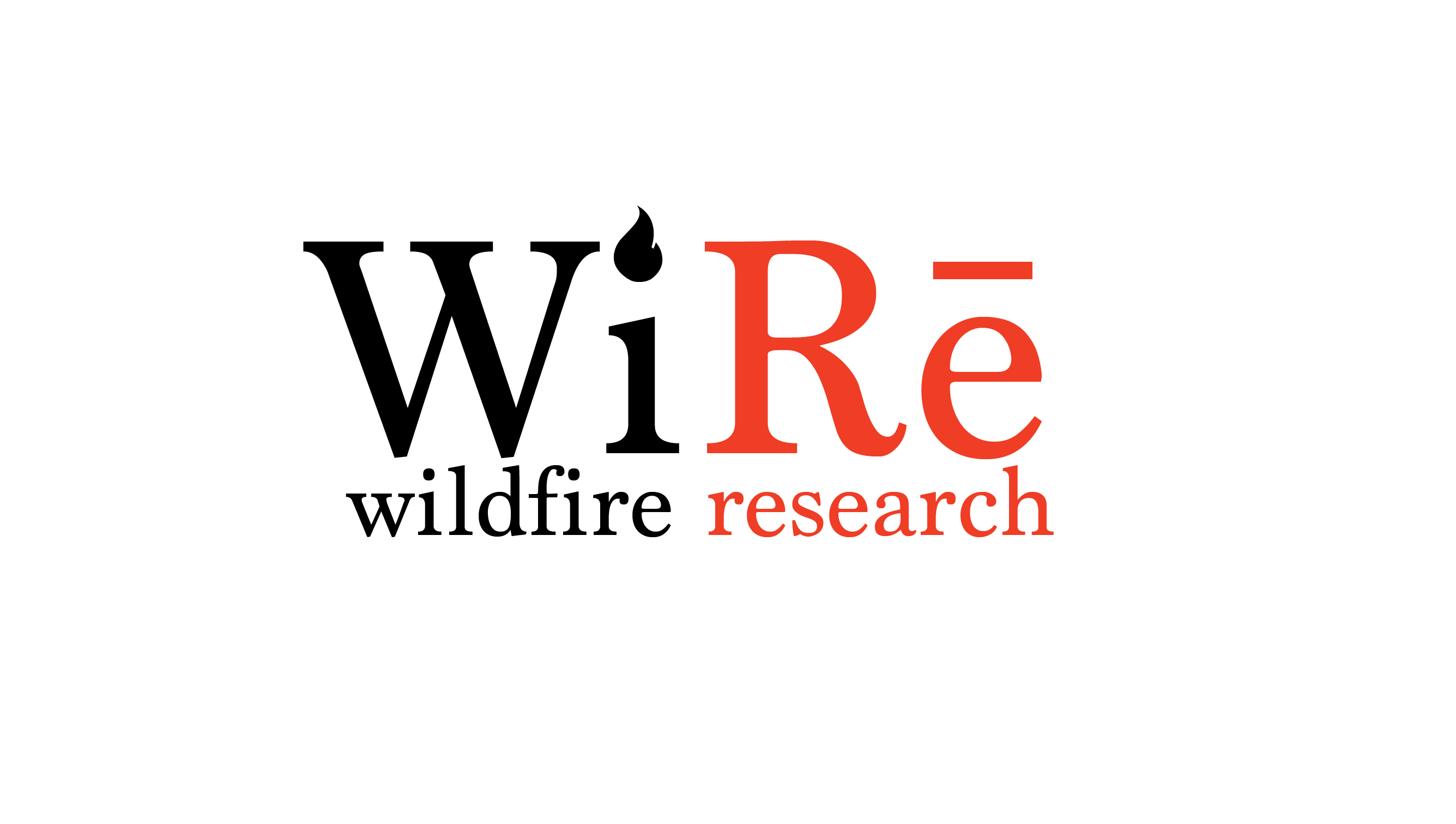…the potential to transform our nation’s relationship with wildfire exists and it rests with all of us. Developing an understanding of the benefits wildfire can play in helping us manage our public lands is only one step on the road to wildfire adaptation. But fire can only be allowed on the landscape near homes and communities when the conditions are appropriate—if private property owners take action to reduce risk and when the public supports forest and fuel management that reduces catastrophic risk. This is how we will break the cycle we’ve been locked into for the last century. This is how we will adapt.
So concludes Hannah Brenkert-Smith, on behalf of the WiRē Team, in an essay published by the Natural Hazards Center at the University of Colorado’s Institute of Behavioral Science.
The Natural Hazard Center requested the essay in response to the Sunshine Canyon wildfire, which burned on the edge of Boulder, CO, in mid-March 2017. As the essay states,
…Boulder narrowly evaded what could have been a devastating fire. The vast resources deployed in response reflect the scale of potential losses, but also reflects U.S. capacity to respond to wildfires that threaten communities.
But focusing solely on our suppression capacity leads to unintended consequences. Rather, WiRē asserts that
There will always be wildfires. In fact, fire plays an important role in many ecosystems and we must continue to safely and effectively respond to and suppress dangerous wildfires. However, if we want to create safe and resilient communities, we must transform our relationship with fire from one where we react to wildfire events to one in which we take action before wildfires occur.
This transformation needs to include decision making on how and where we choose to fight fires and it must ensure that fire-affected communities rebuild in ways that don’t recreate previous hazards. This kind of transformation will require deep and continued engagement with communities so we can reduce risk, reduce our reliance on fire suppression, and improve ecosystem health.
Read the rest of the article here.
